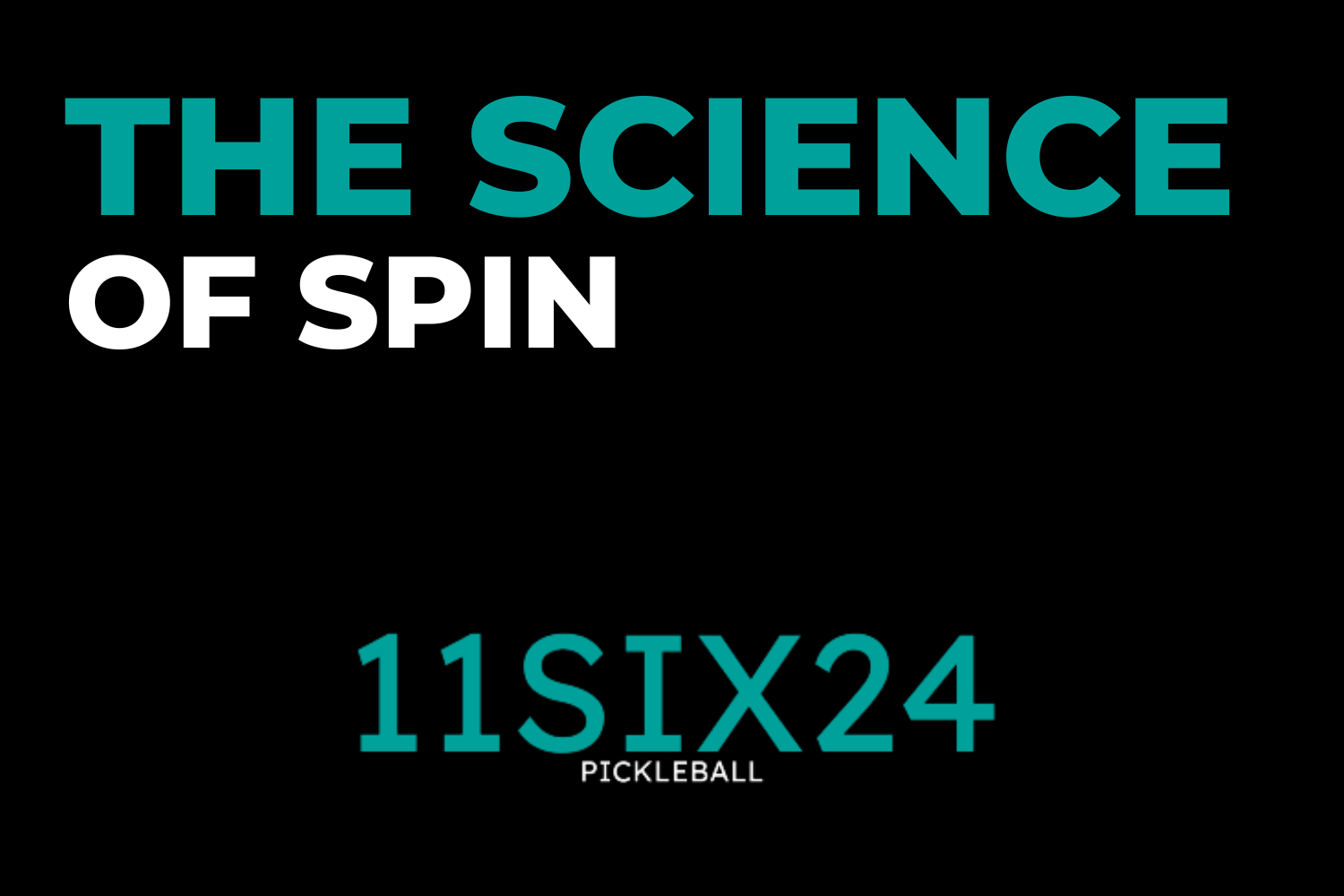The Science of Spin: How to Master and Counter Spin Shots in Pickleball

Pickleball, the fastest-growing sport in the United States, has taken the world by storm. With its unique combination of tennis, badminton, and ping pong, players of all ages and skill levels are finding it to be an exciting and engaging sport. One aspect of pickleball that sets it apart from its racket sport counterparts is the ability to generate and control spin. In this blog post, we'll dive into the science of spin, discuss how to master spin shots in pickleball, and share tips on countering your opponent's spin tactics.
The Science of Spin in Pickleball
When a pickleball makes contact with the paddle, it can be directed with various spin techniques, creating an arc in the ball's trajectory. The three primary types of spin are topspin, backspin, and sidespin.
1. Topspin: Topspin is created when the paddle brushes up the back of the ball, causing it to rotate forward. This forward rotation pushes the ball downward, making it bounce lower and faster off the court surface. Topspin shots are great for forcing errors from your opponents, as they often have less time to react.
2. Backspin: Backspin is the opposite of topspin. The paddle brushes down the back of the ball, causing it to rotate backward. This backward rotation causes the ball to float and bounce higher off the court surface. Backspin shots can be deceiving to your opponents, as they often have more time to react but may misjudge the bounce.
3. Sidespin: Sidespin occurs when the paddle makes contact with the side of the ball, causing it to rotate around its vertical axis. Sidespin shots can curve in the air and bounce unpredictably off the court surface, making them difficult for your opponents to handle.
Mastering Spin Shots in Pickleball
To effectively use spin in your pickleball game, follow these tips:
1. Grip: A continental grip, also known as the "hammer grip," is ideal for generating spin. This grip allows you to easily transition between topspin, backspin, and sidespin shots without having to change your hand position on the paddle.
2. Paddle Angle: The angle of your paddle at the moment of contact is crucial for generating spin. For topspin, the paddle should be slightly closed (tilted forward), while for backspin, it should be slightly open (tilted backward). For sidespin, the paddle should be more perpendicular to the ball.
3. Swing Path: To generate spin, your swing path should match the desired spin direction. For topspin, your paddle should move from low to high during the swing, brushing up the back of the ball. For backspin, the paddle should move from high to low, brushing down the back of the ball. For sidespin, the paddle should move from left to right or right to left, depending on the desired spin direction.
Countering Spin Shots in Pickleball
To effectively counter your opponent's spin shots, keep these strategies in mind:
1. Read the Spin: Watch your opponent's paddle angle and swing path to predict the type of spin they are applying. This will help you anticipate the ball's trajectory and bounce.
2. Adjust Your Position: Position yourself according to the spin. For topspin shots, move closer to the ball, as it will bounce lower and faster. For backspin shots, give yourself more space, as the ball will bounce higher and slower. For sidespin shots, move laterally to counter the curve of the ball.
3. Counter with Spin: Use the same type of spin to neutralize your opponent's spin. For example, if your opponent hits a topspin shot, counter with your own topspin shot to maintain control of the rally.
The science of spin in pickleball is an essential aspect of the game that can elevate your play to new levels. By understanding the different types of spin, mastering the techniques to generate spin, and learning to counter your opponent's spin shots, you'll become a formidable player on the pickleball court. Now go out there, and put a spin on your game!

